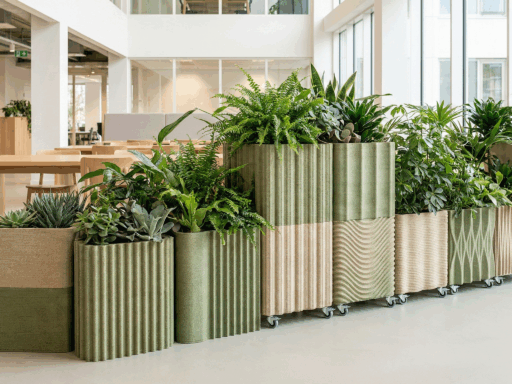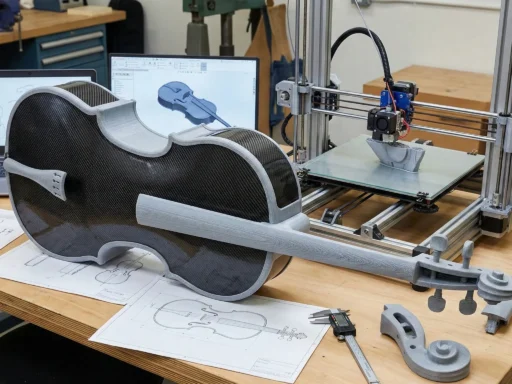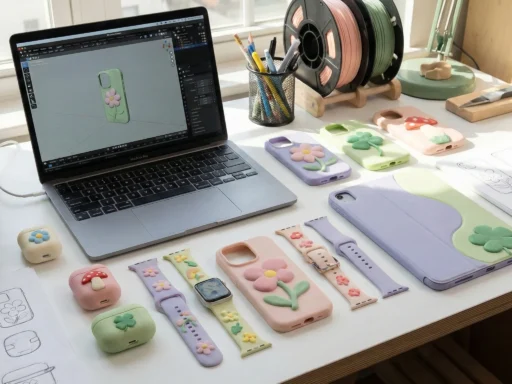What happens when the artistic genius of designer Ross Lovegrove meets the capabilities of Google DeepMind’s generative AI? A partnership that starts a new kind of creative dialogue, turning bold digital vision into a 3D-printed reality.
In a collaboration between Lovegrove Studio, Creative Director Ila Colombo, design office Modem, and Google DeepMind, the team set out to create an unusual chair while checking how AI could support the full arc of design, from concept inception to the actual physical prototype. “Our goal was to explore how generative AI could interpret a designer’s language and transform it into something tangible,” a DeepMind researcher said in a blog post.
The experiment focused on a classic design challenge of creating something simple in function but endlessly diverse in form – a futuristic chair. Using Gemini and Imagen, DeepMind’s text-to-image model, the team fine-tuned a dataset built from Lovegrove’s personal sketches. The AI learned the designer’s signature visual DNA: fluid curves, structural logic, and organic geometries.
Notably, the process was more about conversation rather than computation. “We challenged the model to generate a chair without ever saying the word ‘chair,’” explained Colombo. “That’s when the most inventive forms began to appear.”
The final step was bringing the digital into the physical: a metal 3D-printed chair, created from the AI’s generated images. “For me,” said Lovegrove, “the final result transcends the whole debate on design. It shows us that AI can bring something unique and extraordinary to the process.”
The project looks like a glimpse into the next dimension of design, where AI and 3D technology can be merged to turn creative sketches into sculptural realities.






